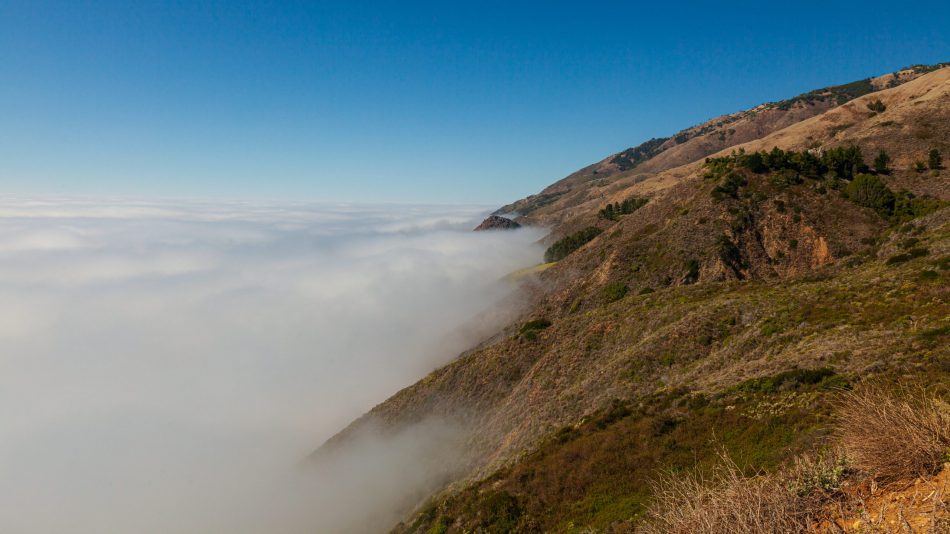Fog nets are screens of overlapping horizontal and vertical mesh that catch moisture from fog and collect it once gravity brings the droplets down. In remote villages in drought-stricken Morocco, these devices not only bring drinking water to hundreds of thousands of people but also let them irrigate fields.
This isn’t the only place where fog nets make the unlivable livable. One of the first places where fog nets were used was the Atacama Desert in Chile, where there has never been recorded rain. The inhabitants there depend on these devices for their drinkable water.
It was while researching the Atacama that mathematician and businessman Aissa Derhem first learned about fog nets. He partnered with German water charity Wasserstiftung to create the innovative technology known as Aqualonis, formally known as CloudFisher. With this, they were able to catch drinking water at much higher wind speeds and bring the fog net innovation to Morocco.
Experts now believe that this is another solution from the harder-living parts of the world that can apply to the drought-stricken American West, California in particular. The coastlines of San Francisco, Oakland, Point Reyes, Monterrey, and Santa Barbara are prime spots for collecting moisture from fog. Unlike some other proposals for accessing more water, fog nets are relatively cheap and can be placed in several different areas.











